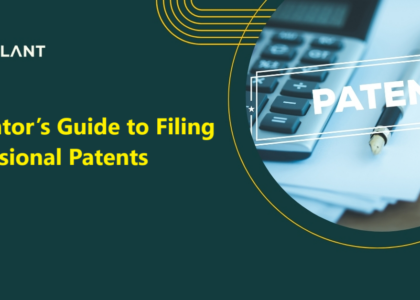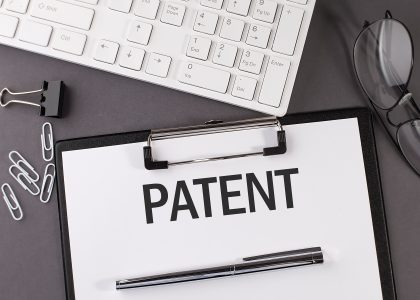

Self-Prepared Provisional Patent Applications: Drafting Tips
Every inventor faces the same problem at some point: how can I sell my innovation to manufacturers and potential licensees without giving away too much information? When confronted with this dilemma, filing a provisional patent application to gain “patent pending” status is typically advantageous. When a patent application is filed, an effective filing date is assigned, and the phrase “patent pending” can be used in association with the invention for at least 12 months after that date. Individual inventors may now do their patent searches, confer with expert attorneys, and submit their provisional applications using developing web services like patentfiler.com, thanks to the recent enactment of the America Invents Act.
Inventors who choose to create their patents must consider numerous factors. To comply with 35 U.S.C.U.S.C. 112, a provisional application must first explain how to create and use the invention. If an inventor fails to describe an aspect of the invention or explain how the invention’s pieces interact, the application may be doomed. Focus on the points of the invention’s uniqueness and describe those characteristics in a manner that would enable a person versed in the art to create and use the invention.
Second, if an inventor fails to file a foreign patent application within one year of the U.S.U.S. filing date, the inventor forfeits any entitlement to the U.S.U.S. filing date benefit. Keep in mind that public disclosure of the invention before the priority date of an international patent application would preclude the issuance of a foreign patent or render the patent invalid if obtained.
Finally, if the invention has to be modified in the future, a new provisional application must be filed to protect the invention’s new characteristics. Individual inventors should extensively review their existing provisional applications because the USPTO does not conduct substantive examinations of provisional applications. If the provisional application is not thoroughly examined, a problem may not be discovered until an issued patent claims priority to the provisional application (e.g., in litigation or license negotiations.








